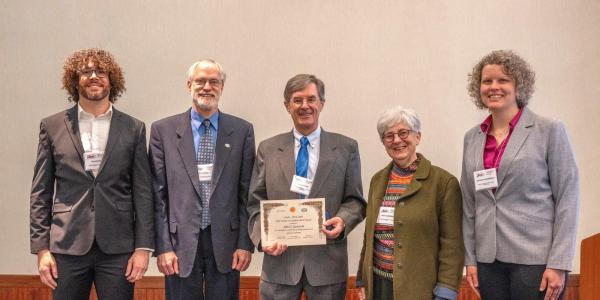Two PhD students from the Department of Electrical, Computer and Energy Engineering have earned prestigious National Defense Science and Engineering Graduate (NDSEG) Fellowships from the U.S. Department of Defense.
Paige Danielson is a researcher in Distinguished Professor Zoya Popovic’s Microwave & RF Research Group, and Eric Rappeport works with Professor Won Park in his Nanophotonics Lab.
NDSEG provides three-year fellowships to up to 500 promising young U.S. scientists and engineers each year. The program is designed to promote education in disciplines relevant to the Department of Defense mission.
Read more about the research these talented students are pursuing.

Paige Danielson
My research addresses new types of radio-frequency circuits and antennas for communications and sensing at frequencies in the 6-30GHz range. Specifically, I am interested in improving the power efficiency of active transmit antenna arrays, since they are thermally-limited as frequency increases. In addition, I will focus on designing beam-forming networks with the goal of transmitting multiple signals in multiple directions simultaneously. This will require design of broadband antenna elements and arrays, power amplifiers, phase shifters and low-loss interconnects. Initially, I will focus on a frequency range commonly utilized for military applications, and later scale up to 5G and satellite bands.

Eric Rappeport
My research focuses on utilizing upconverting nanoparticles for biomedical imaging applications. Current technology uses fluorescent dyes, which require ultra-violet light excitation. However, this excitation creates high background noise, due to cellular auto-fluorescence, and damages the cells. Upconverting nanoparticles (UCNPs) are novel imaging agents that convert near-infrared (980 nm) into visible light. Due to this infrared excitation, these particles yield significantly higher signal-to-noise ratios (SNR) with little to no cellular damage. In addition, these nanoparticles can be functionalized to become sensitive to physiochemical effects such as pH or temperature. This functionalization is the current focus of my research, where I am hoping to use them to detect small pH changes at the cellular level. Such a sensor could greatly improve our ability to distinguish tumor cells from their healthy alternatives.



